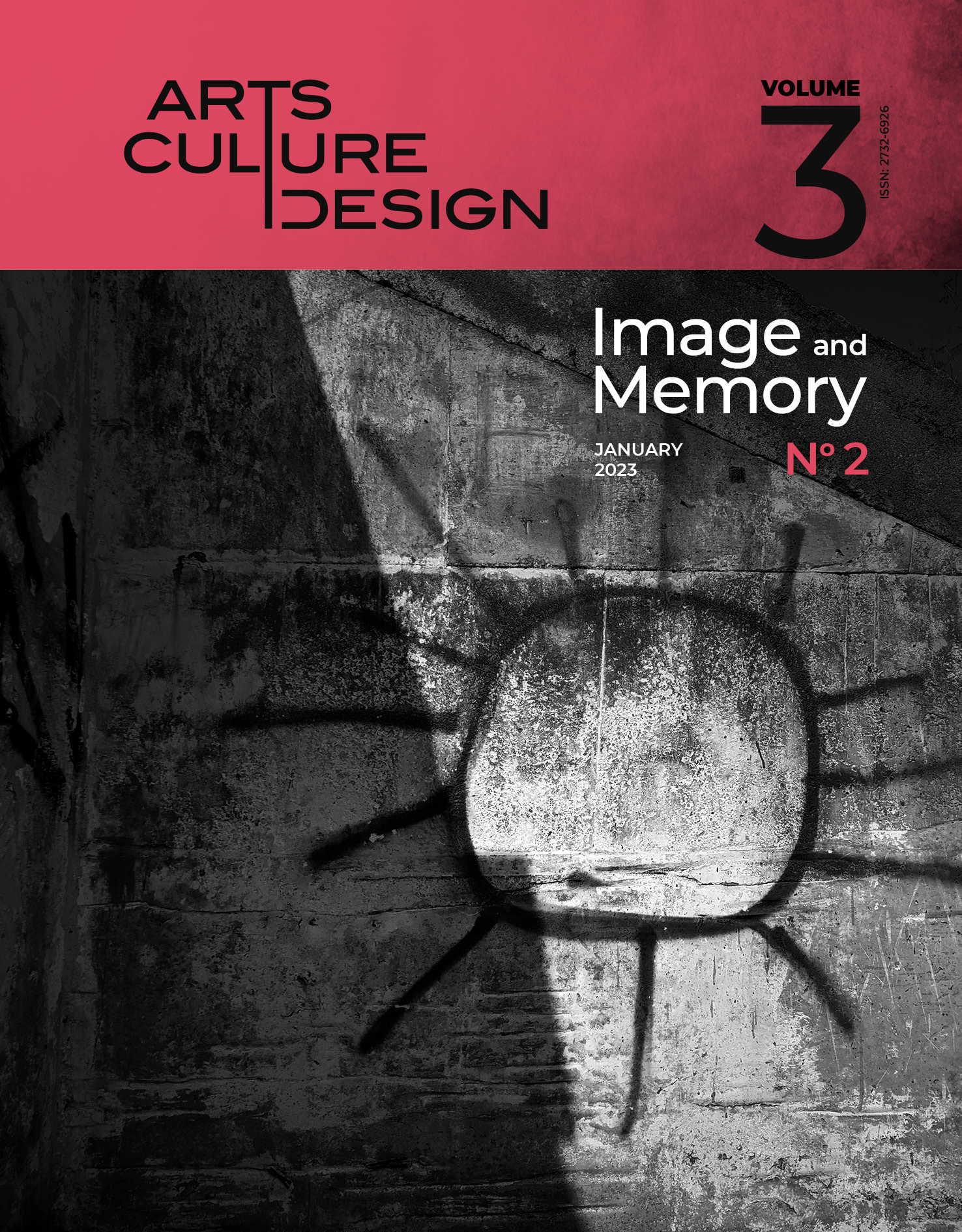SL METAVERSE: MEDIA ANTHROPOLOGY

Abstract
The metaverse that Neal Stephenson conceptualized in Snow Crash is much the same as the one that has evolved in recent years to accommodate networked virtual platforms. In anthropology these spaces are known as meta-places: a remix of information. Proposals like Second Life (SL), Fortnite or The Sims are already a name in the history of virtual universes, while worlds like The Sandbox, Decentraland or Axie exemplify contemporary decentralized organizations through their blockchain technology. The following contribution of ethnographic graphic story, experiential captures of virtual non-places, wants to document processes of appearance and disappearance through the image. Meanings, symbolisms, self-referentialities, ephemeral landscapes, mimesis of realities, dystopias or info-communicational disfigurements are some of the realities that hide behind each virtual creation or virtual island. Capturing these experiences in the first person over these years means approaching the logic and synergies of these meta-places. Specifically, the visual material shown is linked to the virtual world of Second Life. This metaverse constitutes one of the platforms most explored by the author, and currently retains its interaction design devised in 2003. Possibly Second Life, and its virtual peripheries, have given life to the burbclaves (isolated sites) and their social niches that Stephenson described to us, but also to a way of understanding the world inside and outside the interface.
Article Details
- How to Cite
-
Serra Navarro, D. (2023). SL METAVERSE: MEDIA ANTHROPOLOGY. Design/Arts/Culture, 3(2), pp. 120–131. https://doi.org/10.12681/dac.31322
- Section
- Artwork/Portfolio

This work is licensed under a Creative Commons Attribution-NonCommercial-ShareAlike 4.0 International License.
The copyright for articles in this journal is retained by the author(s), with first publication rights granted to the journal. By virtue of their appearance in this open access journal, articles are free to use (with the exception of the non-granted right to make derivative works) with proper attribution for non-commercial uses (licence Creative Commons 4.0). EKT/NHRF retains the worldwide right to reproduce, display, distribute, and use articles published in DAC in all formats and media, either separately or as part of collective works for the full term of copyright. This includes but is not limited to the right to publish articles in an issue of the Journal, copy and distribute individual reprints of the articles, authorize reproduction of articles in their entirety in another EKT/NHRF publication, and authorize reproduction and distribution of articles or abstracts thereof by means of computerized retrieval systems.
DAC journal considers all submitted artwork on the condition author(s) confirm that third-party intellectual property rights are not violated in any way.
Author(s) are responsible for securing permissions to publish copyrighted material, such as photographs and other artwork and for paying any fees involved. Production of an article will not begin until the editor has received all relevant permissions.
The copyright for published articles in Design | Arts | Culture is retained by the author(s). By virtue of their appearance in this open access journal, articles can be used freely, with proper attribution, for educational and other non-commercial purposes.


